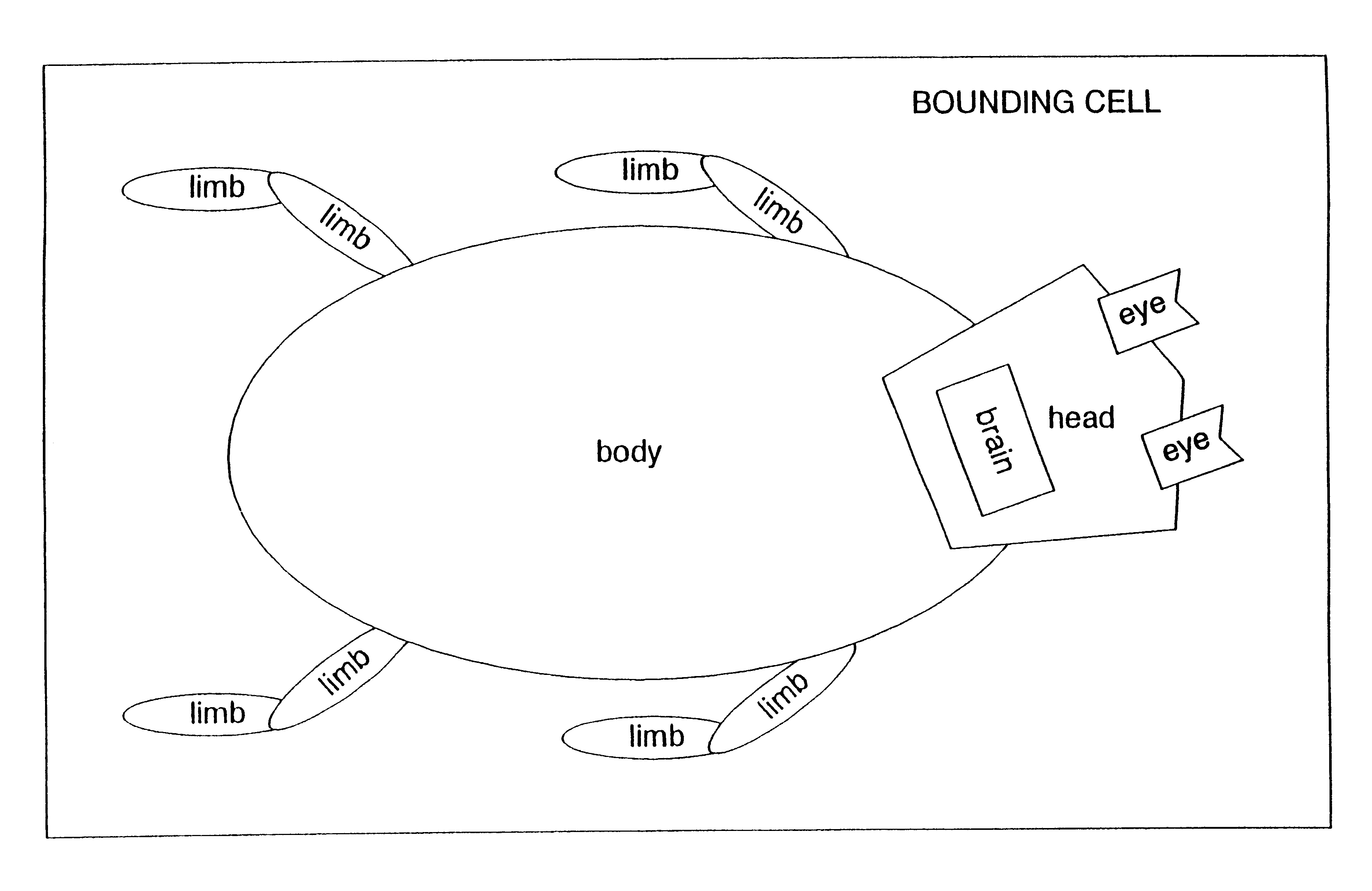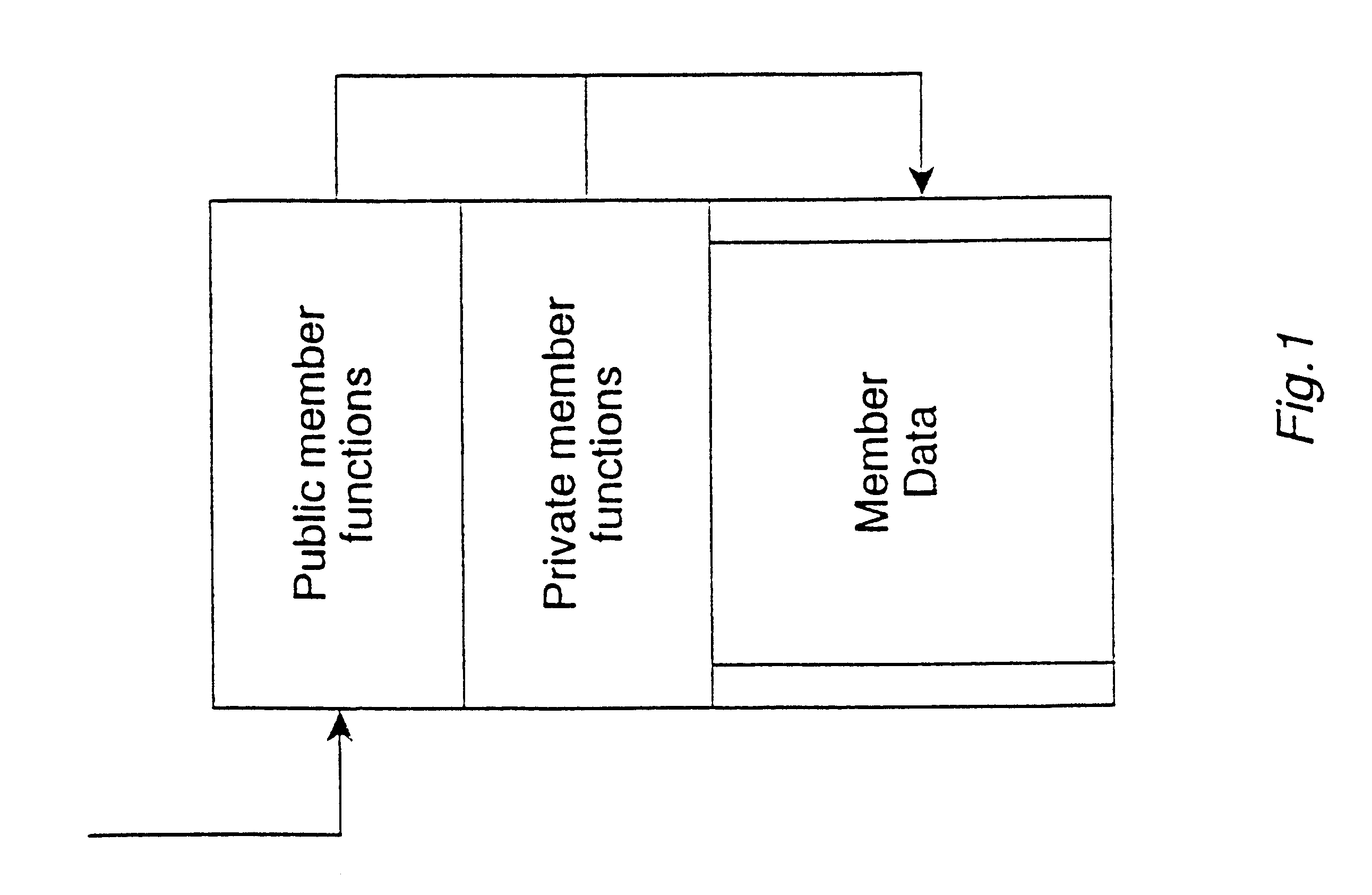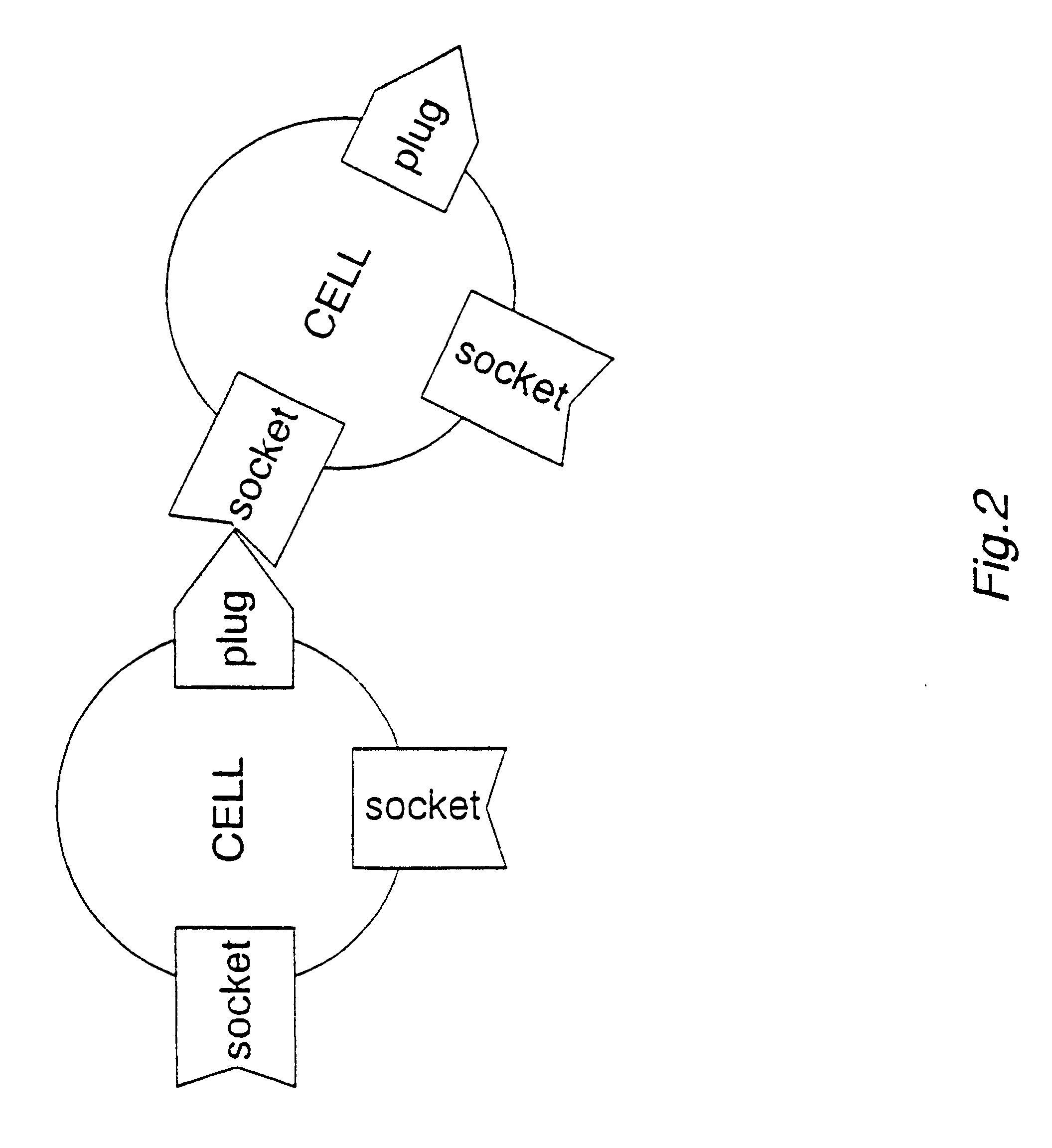Process control
a technology of process control and process, applied in the field of process control, can solve the problems of difficult configuration change, inability to adapt/generate programs, and the work required to achieve the effect of reducing the workload
- Summary
- Abstract
- Description
- Claims
- Application Information
AI Technical Summary
Benefits of technology
Problems solved by technology
Method used
Image
Examples
example advantages
Gaia provides a powerful 3D modelling and simulation environment for stand-alone and online games, serious simulations and research. It has the following key features:
As conventional programs get more and more complex, their cost, development time and bug rate grow exponentially. Autonomous objects are a powerful way to flatten the complexity curve and produce systems whose complexity grows more or less arithmetically. This allows the creation of much larger and more sophisticated simulations than has been possible up until now.
Gaia's approach to modelling allows for the construction of substantially more subtle and rich virtual worlds than at present. It is particularly well suited to the simulation of artificial life-forms, either as non-player characters and menial creatures or as intelligent computer adversaries.
Because new virtual objects can be added to an existing simulation without prior specification. Gaia simulations can be developed in an "evolutionary" way, rather than r...
PUM
 Login to View More
Login to View More Abstract
Description
Claims
Application Information
 Login to View More
Login to View More - R&D
- Intellectual Property
- Life Sciences
- Materials
- Tech Scout
- Unparalleled Data Quality
- Higher Quality Content
- 60% Fewer Hallucinations
Browse by: Latest US Patents, China's latest patents, Technical Efficacy Thesaurus, Application Domain, Technology Topic, Popular Technical Reports.
© 2025 PatSnap. All rights reserved.Legal|Privacy policy|Modern Slavery Act Transparency Statement|Sitemap|About US| Contact US: help@patsnap.com



